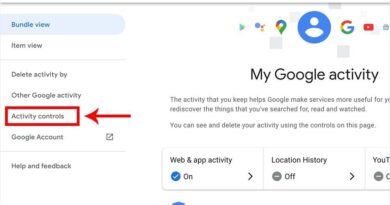Coronavirus Puts Digital Media In A State Of Flux
Digital media is starting to feel the effects of COVID-19’s invasion.
Consumer engagement in online content is spiking. And while some advertisers are watching and waiting, others are taking action and shifting media budgets or strategy.
The traffic effect
At Insider Inc., for example, traffic is way up as people seek information about the coronavirus. “We have seen a huge surge of visits to our sites and coronavirus coverage is the primary driver of that surge,” said its publisher and CRO Pete Spande.
BuzzFeed likewise is seeing traffic up double digits across every metric, including unique visitors, new visitors, sessions and page views, said Ken Blom, SVP of ad strategy and partnerships.
Much of that traffic is for entertainment and utility-focused articles that aren’t about the coronavirus. Top articles in in the past few days include a test about the color red, a story about bad bosses and a look back on the movie “Grease.”
Shopping articles have also been performing well. Some focus on concerns related to the coronavirus, such as a rundown about cleaning products.
National CineMedia, which sells the ads that run in movie theaters and online trivia and movie portals, so far hasn’t seen any impact on movie-going attendance in the United States, but acknowledges it’s a “fluid situation,” noted Lara Mehanna, VP of digital strategy.
The advertising effect
Digital media companies are already seeing some changes in programmatic buying, while direct budgets have been slower to change.
Insider’s direct relationships are unchanged. But programmatic yield is lower on articles about the coronavirus.
“The word coronavirus present a growing problem for news publishers,” Spande said. “This is the story of the moment, and our newsroom cannot and would not shy away from the topic.”
Plus, block lists often miss nuance, he added. “We advise brands to think about context rather than a strict keyword block. A story about how to best work from home is very different from a story about an analysis of regional death rates.”
BuzzFeed also said direct relationships were unchanged.
“We are not seeing any media turn off at this point,” Blom said. “In fact, I think marketers understand the importance of speaking to their audience now more than ever. We’re keeping our audience informed through our reporting and continuing to help brands reach our audience during this challenging time.”
Some of National CineMedia’s clients planned to run campaigns tied to movie releases that have been postponed. Among the movies that have been postponed so far include the latest James Bond film “No Time To Die,” “A Quiet Place 2” and “Peter Rabbit 2: The Runaway.” Those clients are simply moving those campaigns to the new launch date. Others who were targeting general movie audiences are still reaching them in theaters and across NCM’s digital offerings.
Digital media a bright spot?
Online media and OTT streaming should be more pandemic-proof than other forms of media since they don’t require in-person interaction. And online content will offer connections and information between people who can no longer meet.
“We need to respond and support our audiences in a way that only digital can, and lean into our digital world in the best ways possible,” Blom said. “Our industry thrives on change and new online behaviors. This is a great opportunity to test new ways we can drive human connection through digital mediums and experiment.”
Practically it could mean people adopt new behavior. Event cancellations could accelerate cord cutting, predicted Insider Inc.’s Spande, who is following the broadcast and cable market closely.
“The cancellation of the professional and college athletic seasons will likely drive more people to cut the cord or thin their cable subscription substantially,” Spande said. “That will likely drive more ad-free viewership on OTT platforms and further increase the focus on digital video and digital more broadly.”
News Source: AdExchanger
Featured image for representation.



